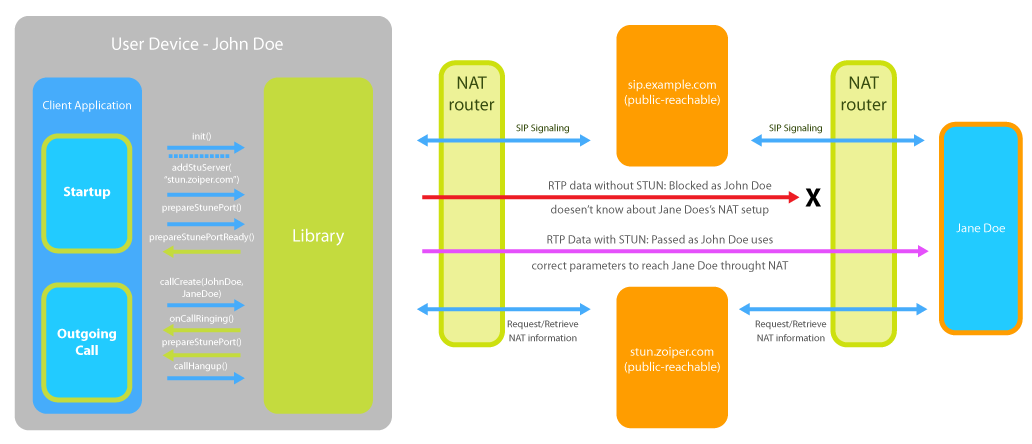
For example, a conference bridge might interpret * as meaning the user is leaving the conference. This false triggering of the tone detector may not always cause the call to drop, but it is not unheard of for the signal to be misinterpreted as a request to end the call or put the call on hold. Talk-off is where the detector in the remote server or PBX gets triggered by similar frequencies in human speech. DTMF tones are normally only generated when you press a key on the phone’s keypad. Talk-off is an unintended command activation when the human voice is mistakenly detected as a DTMF control signal. Look at the answers and see if there is a clear pattern – does it point to certain phones being worse than others, or certain destinations, or both? Now read on and you should quickly see how the answers to the above questions will help to pinpoint the cause. Do you, or the other participants in the call, sometimes hear a short blast of tone coming through the phone’s earpiece while someone is talking?.

Does the call only seem to drop when you are talking?.Do you use the microphone mute button and, if so, do you find calls mainly drop when the microphone is muted?.Do some of your colleagues never experience the problem and, if so, can you see anything different about their phone or the destinations they are calling?.Does it only happen when you are calling a particular destination (e.g.Does the call drop after a fixed period of time? If so, how long into the call does it happen? (Get the users to measure exactly how long it takes on a number of occasions).The answers will often be sufficient to allow you to narrow your search down to just one, or at worst two, possibilities. However, in my experience the key to initially identifying the cause of dropping calls is to ask the users a few simple questions. It is easy to fall into the trap of thinking you can only identify this type of problem using sophisticated technology-based solutions. Some updates were made to this article in December 2020. This article is not about problems setting up calls in the first place, nor about calls that have poor quality audio, no audio or 1-way audio (the latter are more likely to be explained in my other articles about SIP and NAT which can be found here). At the end are some pointers to the solutions for these problems. In this article I will identify the most common reasons why a VoIP call might suddenly drop mid-way through an established call and explain how you can diagnose the cause. Not least is the annoying tendency for some calls to drop mid-way through your conversation for no obvious reason.


VoIP based phone systems bring many benefits, but they also bring some problems.


 0 kommentar(er)
0 kommentar(er)
